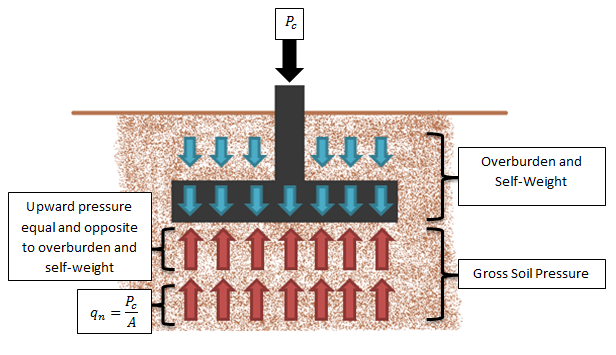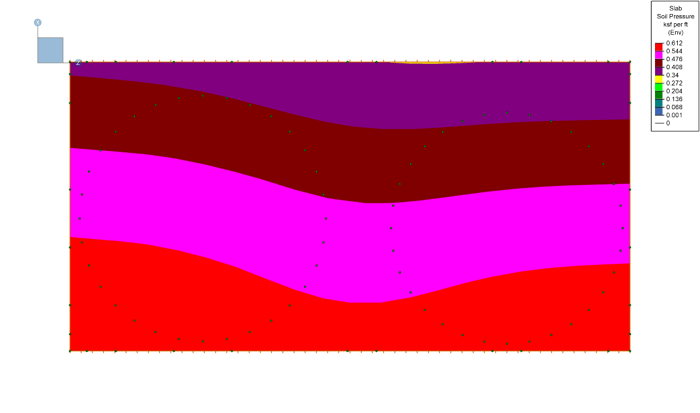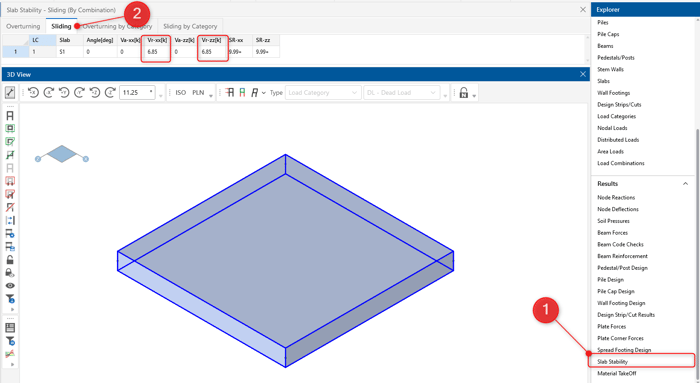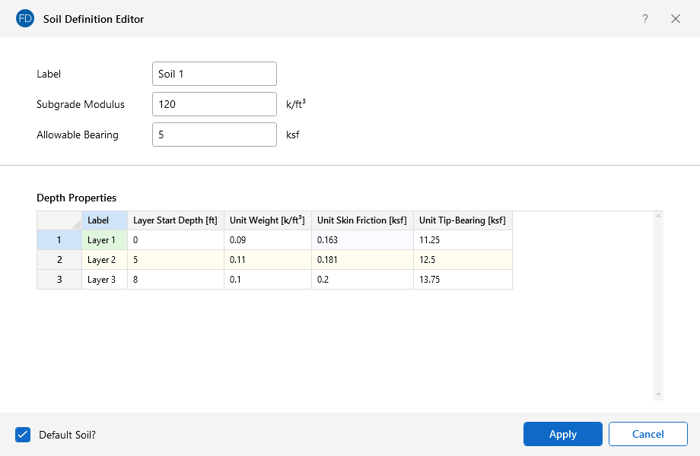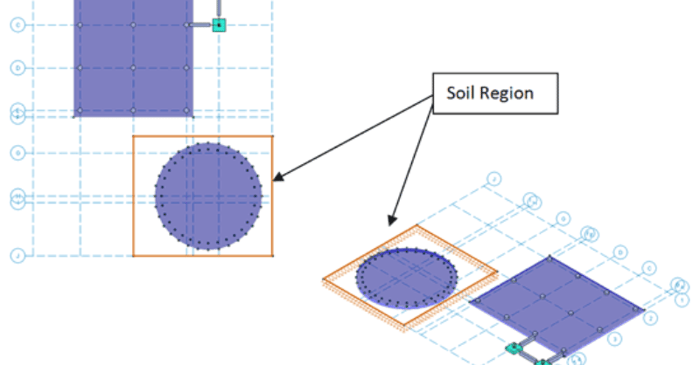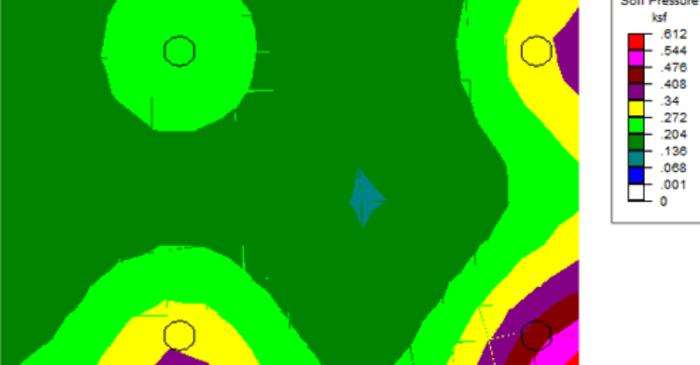
March 6, 2025
Pile Supported Slabs in RISAFoundation
Ensuring Your Slab is Fully Supported by Piles in RISAFoundation A common mistake when modeling pile-supported slabs in RISAFoundation is forgetting to zero out the soil properties. By default, RISAFoundation assigns a soil definition to all slabs, which introduces soil springs into the model. If...




